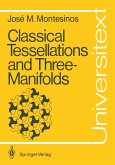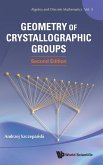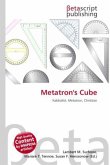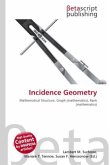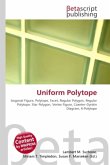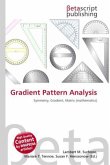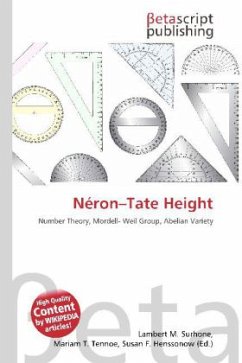High Quality Content by WIKIPEDIA articles! In solid-state physics and crystallography, when describing crystal structure, a supercell is a repeating unit cell of the crystal that contains several primitive cells. In some cases, these primitive cells of the underlying crystal are perturbed so that the supercell becomes the new primitive cell. For example, in body-centered (bcc) or face-centered (fcc) cubic crystals, the primitive cell is a parallelepiped or rhombohedron, respectively, but the conventional unit cell used to describe these structures is a simple-cubic supercell. Supercells are also commonly used in computational models of crystal defects, in order to allow the use of periodic boundary conditions.


